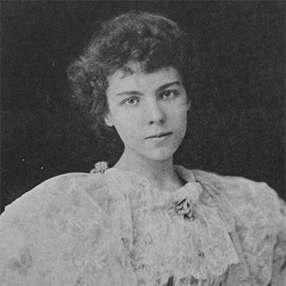The Humming-Bird
The sundial makes no sign
At the point of the August noon.
The sky is of ancient tin,
And the ring of the mountains diffused and unmade
(One always remembers them).
On the twisted dark of the hemlock hedge
Rain, like a line of shivering violin-bows
Hissing together, poised on the last turgescent swell,
Batters the flowers.
Under the trumpet-vine arbor,
Clear, precise as an Audubon print,
The air is of melted glass,
Solid, filling interstices
Of leaves that are spaced on the spines
Like a pattern ground into glass;
Dead, as though dull red glass were poured into the mouth,
Choking the breath, molding itself into the creases of soft red tissues.
And a humming-bird darts head first,
Splitting the air, keen as a spurt of fire shot from the blow-pipe,
Cracking a star of rays; dives like a flash of fire,
Forked tail lancing the air, into the immobile trumpet;
Stands on the air, wings like a triple shadow
Whizzing around him.
Shadows thrown on the midnight streets by a snow-flecked arc-light,
Shadows like sword-play,
Splinters and spines from a thousand dreams
Whizz from his wings!
This poem is in the public domain. Published in Poem-a-Day on August 20, 2023, by the Academy of American Poets.
“The Humming-Bird” first appeared in The Measure, no. 31 (September 1923), and later again in Beatrice Ravenel’s collection The Arrow of Lightning (Harold Vinal, 1926). In the introduction to The Yemassee Lands: Poems of Beatrice Ravenel (University of North Carolina Press, 1969), Louis D. Rubin Jr., former university distinguished professor at the University of North Carolina at Chapel Hill, writes, “It is not without relevance, I think, that Beatrice Ravenel was university trained. Her work displays an unabashed use of the intellect, and is not content with the easy poetic phrases and undemanding language of so much Southern verse. Her poems are not oversimplifications of their subjects; they are not ‘written down.’ Consider, for example, her description, in a poem entitled [sic] ‘The Humming-Bird,’ of a summer garden after the rain [. . .]. There is a precision, a concrete specificity of language and imagery, here that are [sic] possible only because the poet knew that the connotative properties of words, and not Poetic Ideas, are what make a poem stay alive.”

